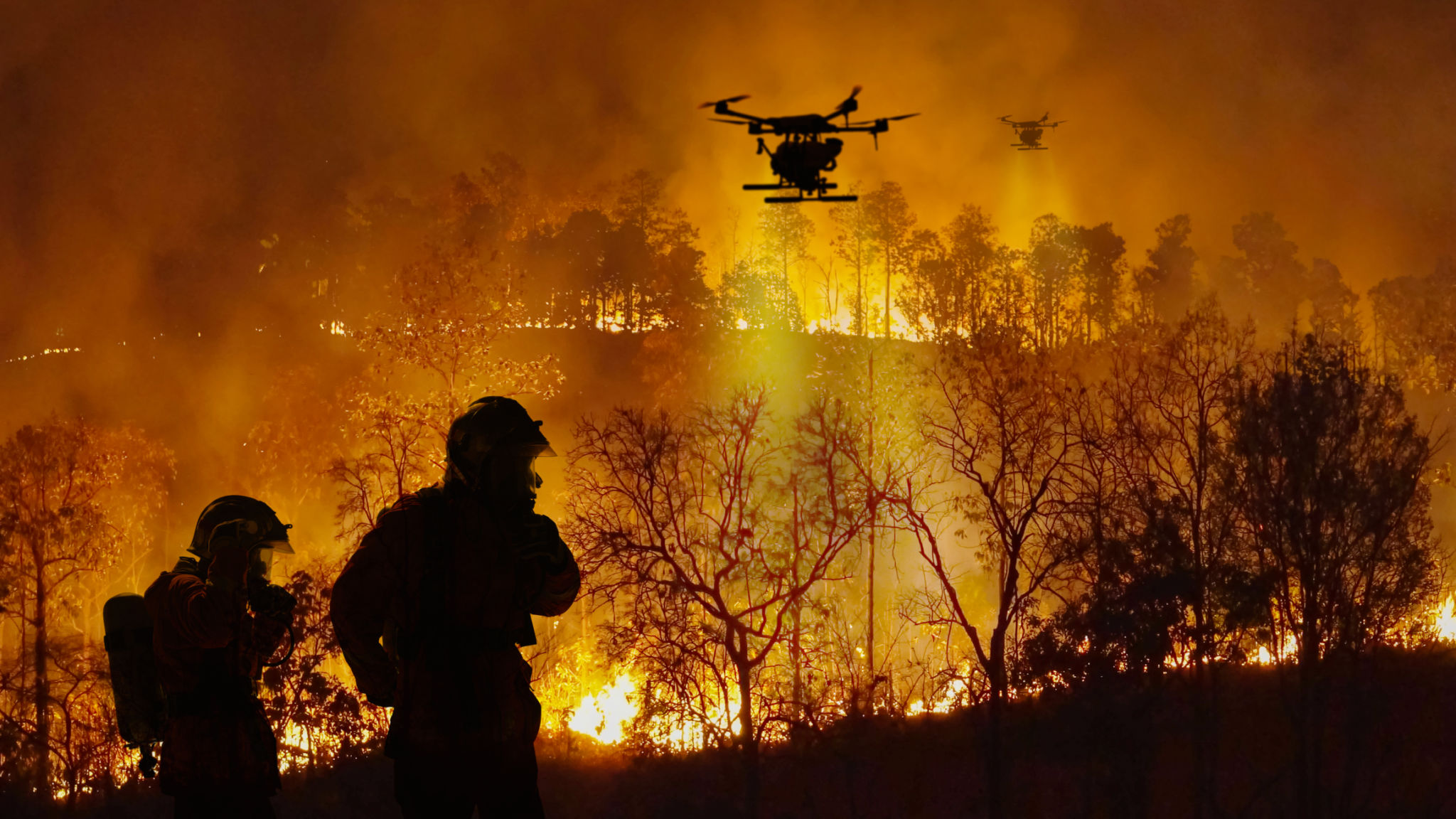Avoiding Common Pitfalls in Drone Cinematography: A Myth-Busting Guide
JW
Understanding the Basics
Drone cinematography offers filmmakers and hobbyists alike the opportunity to capture stunning aerial footage that was once only possible with expensive helicopter rentals. However, as accessible as drones have become, there are several common pitfalls that can trip up even experienced operators. Understanding the basics of drone flight and cinematography is crucial to avoid these issues.
First and foremost, it's essential to familiarize yourself with your drone's controls and capabilities. Knowing how to handle your drone in various conditions will prevent accidents and ensure smoother footage. Take time to practice in open areas before attempting more complex shots.

Legal and Safety Regulations
One of the biggest myths in drone cinematography is that you can fly anywhere, anytime. However, legal and safety regulations are strict and vary by location. It's vital to research and comply with local laws to avoid hefty fines or legal trouble. Key considerations include:
- Registering your drone if required
- Staying under the maximum altitude limit
- Avoiding restricted areas like airports and government facilities
Following these guidelines not only keeps you on the right side of the law but also ensures a safer environment for everyone.
Myth: Automatic Settings Are Always Best
Many assume that using automatic settings will yield the best results, but this is not always the case. While auto modes can be convenient, they often don't account for the nuances of lighting and movement that are essential in cinematography. By learning how to manually adjust settings such as ISO, shutter speed, and white balance, you can significantly enhance the quality of your footage.

Overcoming Technical Challenges
Technical challenges can be daunting, especially when they occur mid-flight. Common issues include signal interference, battery life limitations, and GPS errors. To mitigate these risks:
- Regularly update your drone's firmware.
- Conduct pre-flight checks on all equipment.
- Invest in extra batteries and a reliable signal booster.
Being prepared for technical difficulties ensures you won't miss out on capturing that perfect shot due to unforeseen problems.
Tackling Environmental Factors
Environmental factors such as wind, rain, and harsh lighting conditions can affect the quality of your footage. A common pitfall is attempting to film in less-than-ideal weather. Not only does this risk damaging your equipment, but it also leads to unstable shots.

Always check weather forecasts before filming and be ready to adapt your plans. If conditions aren't favorable, consider rescheduling or finding a more sheltered location.
The Importance of Planning Your Shots
Spontaneity can lead to creative shots, but having a well-thought-out plan is crucial for successful drone cinematography. This involves deciding on shot types, angles, and camera movements beforehand. Skipping this step often results in generic footage that lacks purpose and storytelling elements.
Consider using storyboards or shot lists to outline your vision. This preparation not only saves time during filming but also helps convey a clear narrative in your final production.
Post-Production Essentials
The myth that editing can fix all footage shortcomings is widespread. While post-production tools are powerful, they cannot completely salvage poorly shot footage. It's essential to capture the best possible raw footage for editing.

In post-production, focus on color grading, stabilization, and adding effects judiciously. Over-editing can detract from the natural beauty of aerial shots, so aim for subtle enhancements that complement your footage's original charm.
Continuous Learning and Adaptation
The field of drone cinematography is constantly evolving with new technologies and techniques emerging regularly. To stay ahead, invest time in learning through online courses, tutorials, and communities. Engaging with fellow enthusiasts and professionals can provide valuable insights and inspiration.
By avoiding these common pitfalls and embracing continuous learning, you can elevate your drone cinematography skills to new heights, capturing breathtaking footage that captivates audiences time and again.
